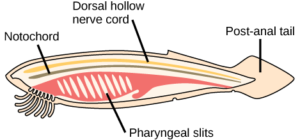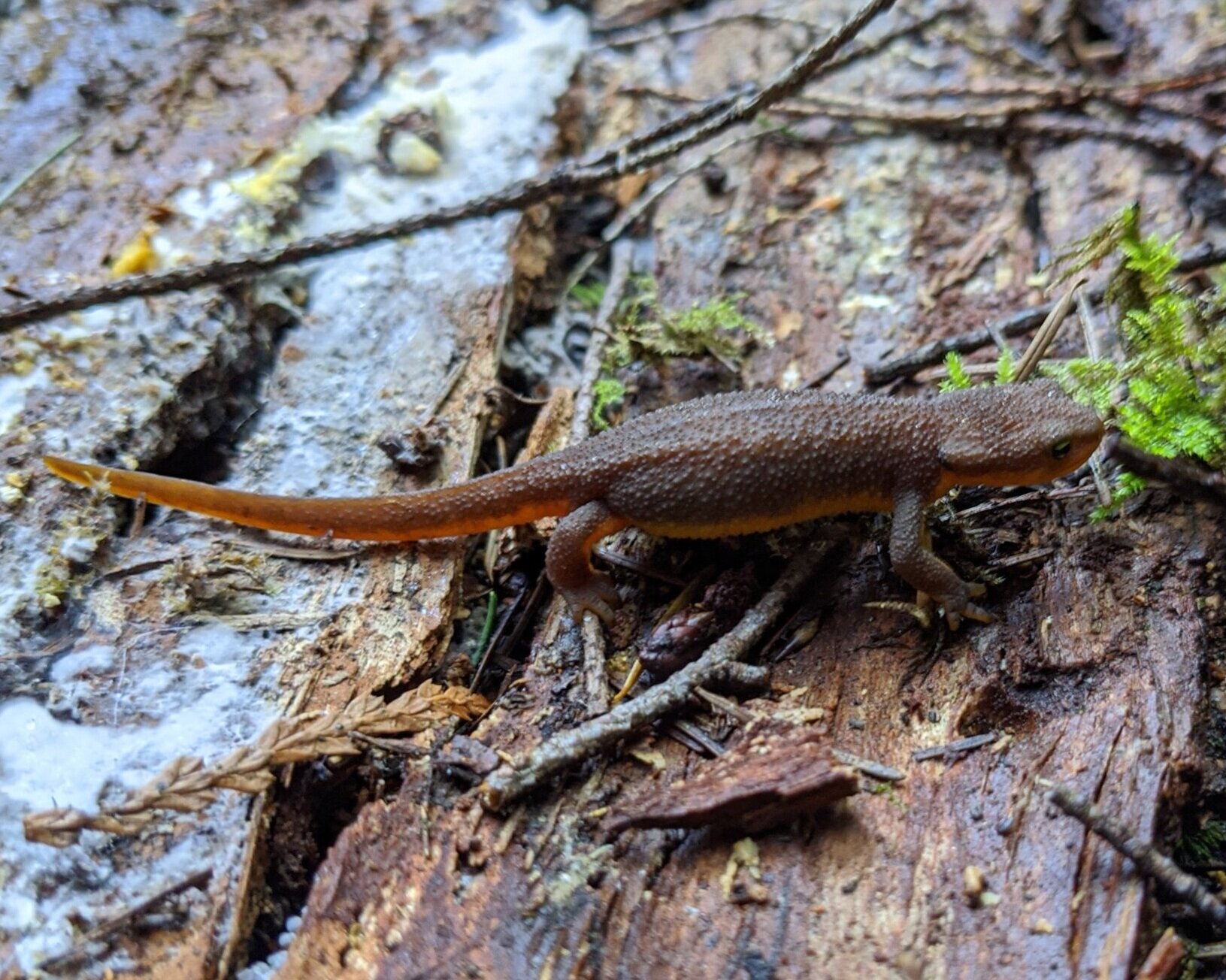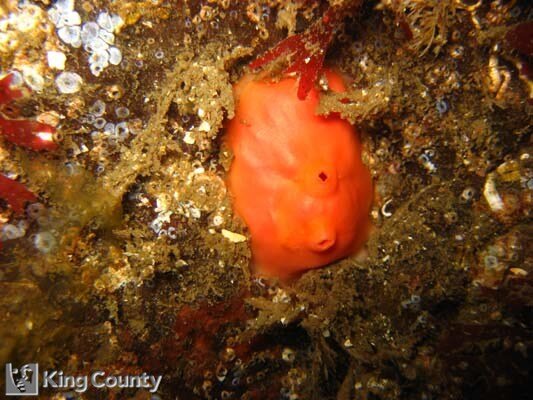Phylum Chordata
/The last of the major animal phyla is the one that we belong to: Chordata. Most species in this phyla are vertebrates, having a backbone. However, phylum Chordata has two subphyla of invertebrates: the tunicates and the lancelets. There are about 57,000 vertebrate species, 3,000 species of tunicates (Subphylum Tunicata), and 30 species of lancelets (Subphylum Cephalochordata).
The word “chordata” means “having a string or cord.” Therefore, the defining feature of phylum Chordata is the notochord, or “back cord.” All Chordates at some point in their development have this rod made of cartilage (the same material that is in our ear lobes). The notochord is located in the back of chordates and supports the nerve cord that is parallel to it. The nerve cord exchanges signals between the brain and the rest of the body. In vertebrates, the notochord is replaced by a spine made of cartilage or bone. Tunicates only have the notochord when they are young. When they become adults, they lose it and either settle down on the ocean floor or stay free floating in the water. The lancelets keep the notochord throughout their lives.
All chordates at some point in their development also have pharyngeal slits. These are openings in the throat area that early chortates used to filter feed, like today’s lancelets do. In fish, many of the pharyngeal slits form into gills that are used to get oxygen from the water. In other vertebrates, these slits turn into features in the face and throat such as a jaw, jaw support structures and parts of the inner ear.
One more feature that all chordates have in common at some point in their life is a tail that extends beyond their rear. The tail has no organs in it. In many vertebrates, this tail does have a continuation of the spine and muscles. Tunicates, frogs, humans, and apes lose their tail as they develop.







